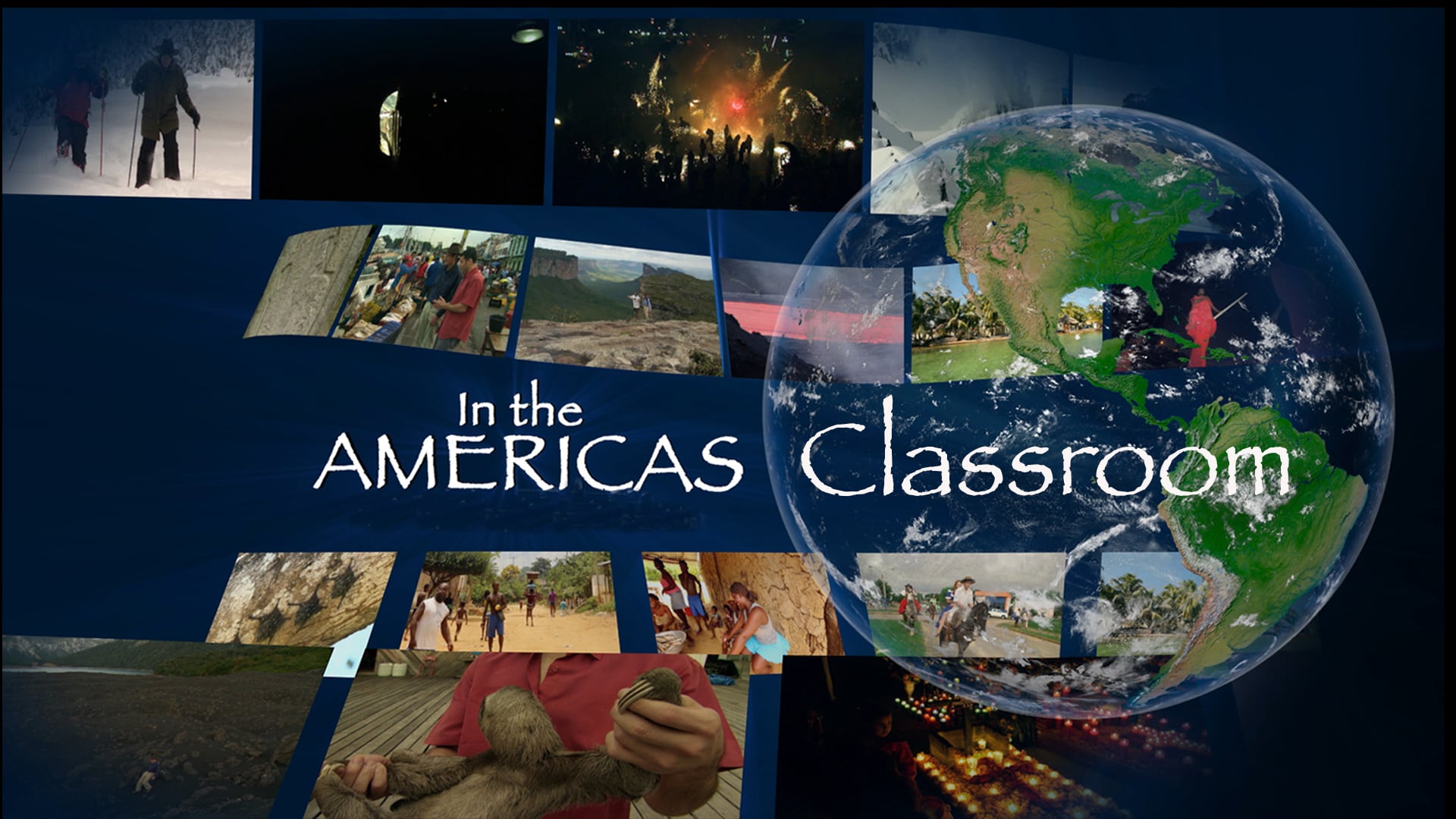Lesson 609 – Cuba’s Far East
Category : Curriculum Season 6
Santiago de Cuba, a thousand kilometers southeast of Havana, was once Cuba’s most important city. Ravaged by hurricanes and impoverished by the U.S. blockade. Although the city has endured a lot, residents still celebrate its African roots, an ancient religious shrine and an old French custom.
Learning Objective
Students will learn about Santiago de Cuba and its African roots and religious celebrations and French customs.
Social Studies Standards
Production, Distribution, & Consumption: A, E, H
Discussion Prompts
- According to the host, Santiago de Cuba has Spaniard, African, and French, and even American influences. Discuss about the different types of influences you were able to detect on the video, including inferences that may not be as visible but still affected the lives of the islanders.
- According to the host, Santiago de Cuba is a city of cultural and historical importance and yet Havana is the city of choice for tourists. Talk about some of the reasons why the In the America’s crew started their visit there and not in Havana.
- Dominoes, rum, music, dance, and vintage cars are some of the cultural icons of Santiago de Cuba. Which icons have been exported to other countries? Which icons are your favorites?
- According to the host, the residents of Santiago de Cuba are not rich or poor. He also said that the literacy level there is higher than the United States as a wealthy country. What is your theory about that? How does a country with no money, and cars dating back to 1953, educate more people than a wealthy country?
Lesson Activities
- Research the benefits of being close to the Caribbean Sea and the Atlantic Ocean. Analyze both seas in detail and decide which one is best for your profession as a fisherman. Create a jigsaw puzzle illustrating the pieces that helped you make your decision.
- Create a pictorial story illustrating the racialized society. Since the African influence at Santiago de Cuba, is more pronounced, use 1/2 of the space for them. Use 1/4 of the space to illustrate the Spaniards and 1/8 for the French. Use the remainder of the paper for other ethnicities not mentioned.
- In the video, one of the traditions that the islanders are proud of is a French style dance. Using that as an inspiration, find a song, dance, and an outfit based on the people that colonized your ancestors to be share at the cultural night at your school.
- Create a timeline illustrating the historical events that made Santiago de Cuba what it is today. Name the events.
Vocabulary
- blockade
- colonized
- conquered
- embargo
- endured
- impoverished
- literacy
- quest
- ravaged
- socialist
- economy
